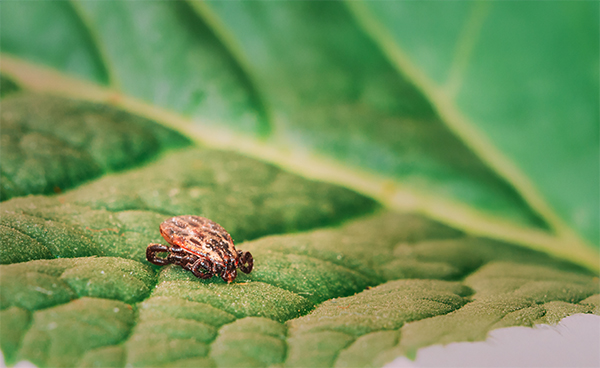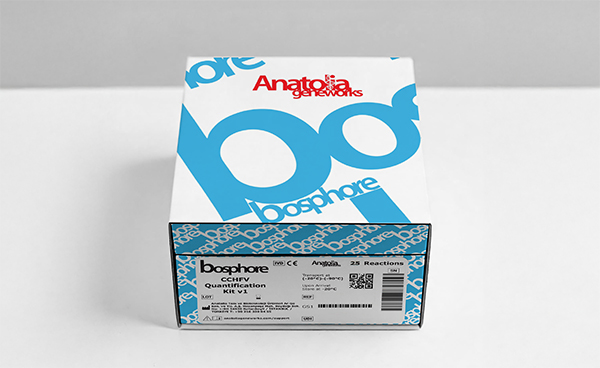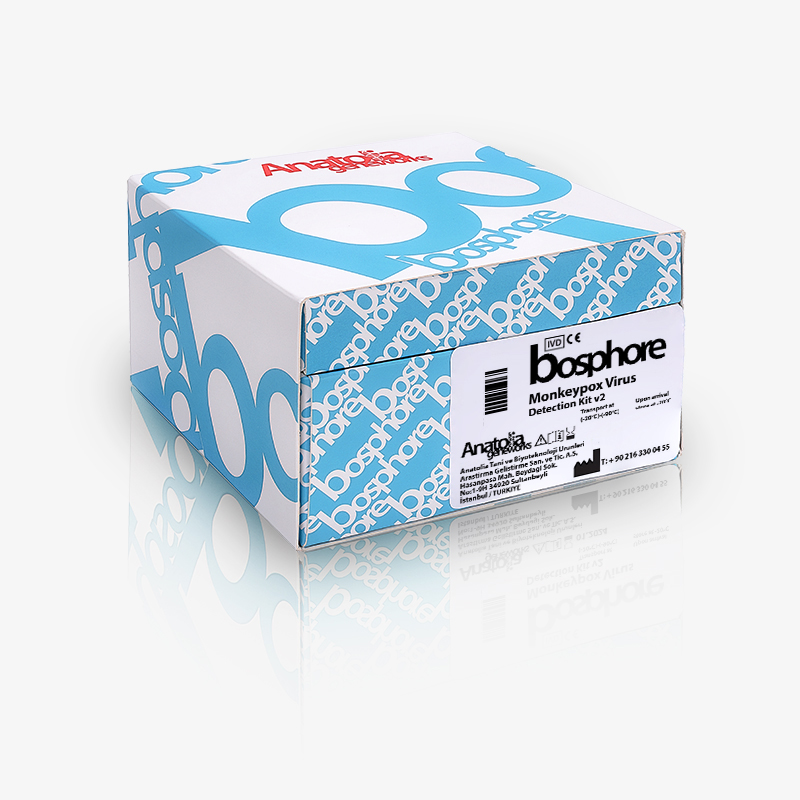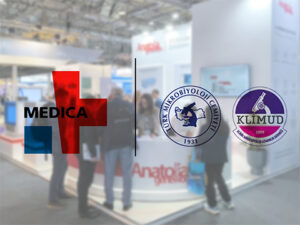
Crimean-Congo Hemorrhagic Fever (CCHF) remains a significant public health threat in endemic regions, such as Türkiye. This tick-borne viral disease exhibits a marked seasonal increase during warmer months, driven by climate conditions that enhance tick populations and activity.
CCHF Cases on the Rise in 2025
Türkiye: First identified in 2002, with over 9,000 cases reported to date. The average case fatality rate (CFR) is approximately 5%. A noticeable increase in summer cases has been observed in 2025, though official numbers are pending.

Iraq: As of mid-2025, ~110 confirmed cases and 18 deaths.
Global Trends: From 2015 to 2024, outbreaks in some countries reached as high as 1,796 reported cases and 238 deaths.
CCHF remains endemic across Africa, the Balkans, the Middle East, and parts of Asia, and expanding tick habitats now threaten new regions due to climate change.
Why Does it Increase in Summer?
CCHF is primarily transmitted by Hyalomma ticks. Rising temperatures and altered rainfall patterns due to climate change:
- Extend the tick season,
- Accelerate tick development and reproduction,
- Expand tick range to new geographic areas (including parts of Europe).
Outdoor work and travel during summer months further increase exposure risk in endemic areas like Türkiye.
What are CCHF Symptoms, Prognosis, & Risk Groups?

Crimean–Congo Hemorrhagic Fever (CCHF) is caused by the CCHFV, an Orthonairovirus transmitted through tick bites (mainly Hyalomma spp.) and contact with infected blood or tissues.
Diagnostic Tools: The Role of Real-Time PCR
Real-Time PCR method offers major advantages:
- Early detection of viral RNA
- High sensitivity and specificity
- Fast results for urgent clinical decisions
- Quantification to monitor disease progression
Bosphore CCHFV Quantification Kit v1
Anatolia offers the CE-marked Bosphore CCHFV Quantification Kit v1, a Real-Time PCR solution for the detection and characterization of the S segment of CCHFV from serum and plasma samples.
Key features:
- Quantitative results to track viral load
- Internal control for quality assurance
- Broad compatibility with instruments





